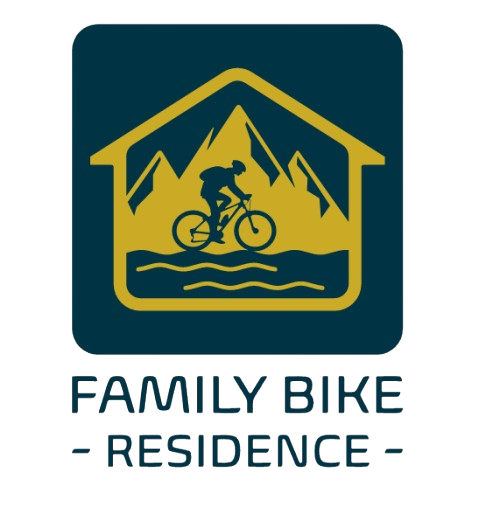The towers and medieval houses in Riva di Solto
The village of Riva di Solto retains many medieval buildings, both civil and fortified. There are four towers, including the one in Via Torre (Torre street): the building, still in excellent condition, was built outside the village in a strategic position near the lake. It was built in the 13th Century with argillite (fine-grained sedimentary rock) ashlars from Riva di Solto, some of which rusticated, arranged in parallel courses and held together by mortar. A vaulted door on the eastern façade, at about 2.50 m from the surface of the road, was used to access the building, using a removable wooden staircase; on the top floor a window was opened to provide southward views of the lake, whilst on the other sides there were embrasures. The tower was part of a small fortified village built in the middle of the 13th Century, of the fortress wall there is a well preserved section over 20m long (on the east face of Via Torre), whose original part (closest to the road surface ) is in rusticated ashlars of a superior technical and workmanship level.
Two other towers are located inside the village (on private property in vicolo Cavalli 4 (4 Cavalli alley) and vicolo Rossetti (Rossetti alley)), close to the lake and very close to one another, originally intended for housing but destroyed in the 15th Century by the Venetians. The fortified building in Via Montagnola (Montagnola street) was however used to defend the village (visible to the west along the lake promenade) built halfway along the coast over the San Rocco (St. Roch) stream.
Numerous civil buildings were built in the village between the 12th and 13th Century: upon entering the alleys you can see the medieval houses still in use today. Among the most significant structures to point out is the house in Via Porto 4 (corner of Via Torre), which has two 12th or 13th Century apartments on the ground floor, later joined by an archivolt of white limestone, and the building of a second floor.
On the west façade of vicolo Crescini 5, in the centre of the village, you can find one of the best preserved houses: the perfectly squared limestone block masonry bound together by mortar and highlighted by precise joint sealings (tracks in the mortar) is built between the 12th and 13th Century with a vaulted portal. Further west, in vicolo Fonteno 4, you find a house made of large square rusticated stones including two vaulted portals (one closed off and one still in use) which have the original 13th Century wooden beam.
Along the lake front (via del Porto 68/78), you can see several buildings from the end of the 12th Century to the 14th Century, where a stretch of over 30 m has survived. Number 70 is the oldest building, with two matching vaulted entrances on the ground floor attributed to the 12th Century (nowadays blocked by a large portal); subsequently the complex at number 68 was built, with two matching vaulted entrances which lead to a single room, and a vaulted entrance (near the current access) that led to another room. Finally house number 76 was completed, leaving a corridor of access to the orchards behind (now occupied by the main door at number 74): the complex had two matching vaulted entrances and a vaulted portal from which, through a corridor, gave access to the staircase at the back leading to the upper floors. These buildings on the lakefront had commercial functions: there were shops on the ground floor, while the residential area was on the first floor; other structures with commercial functions are preserved in vicolo Ruggeri (number 1) with matching travertine archivolts and vaulted door (now being restored).
The building which closed the medieval settlement located in Via del Porto 107, between the Villa Martinoni (17th Century) and the church of San Rocco (St. Roch) (1530): behind the recently restored fortified complex, you can find another property on several levels with portals on the ground floor and a triple row of windows built in the 14th Century.
Federica Matteoni
For more information:
MATTEONI F., Riva di Solto, borgo medievale. Itinerario storico culturale, Ponteranica (Bg) 2010. (http://www.rivadisolto.org/ita/rds/rivamedievale_01.asp)
PASINELLI B., Riva di Solto, Zorzino e Gargarino, Bergamo 2013.
Cover photo credits: Linoolmostudio












